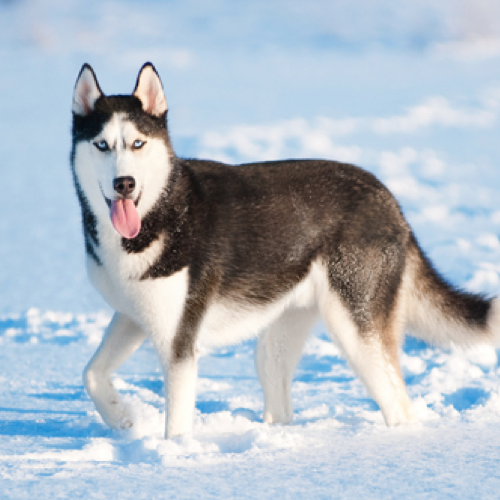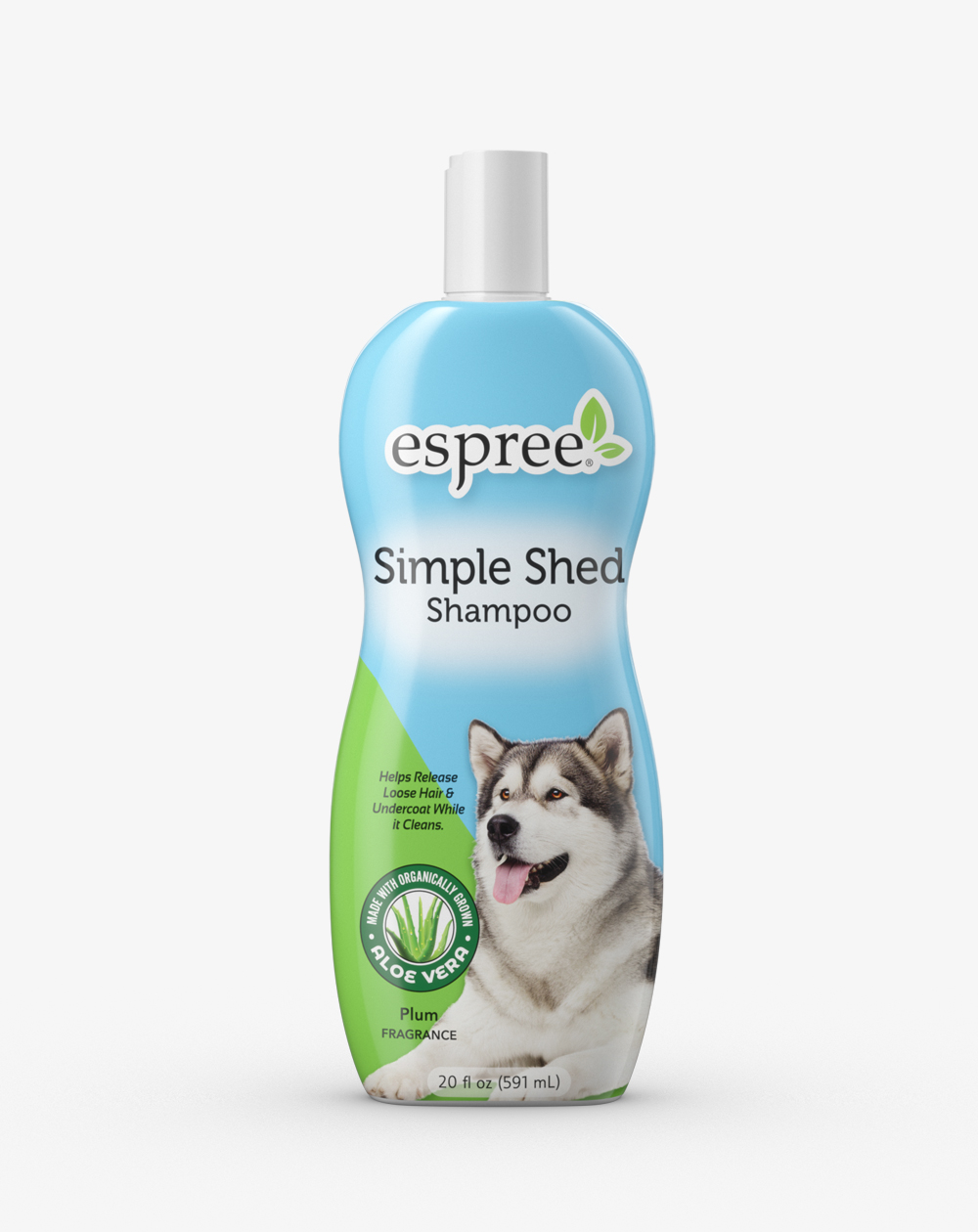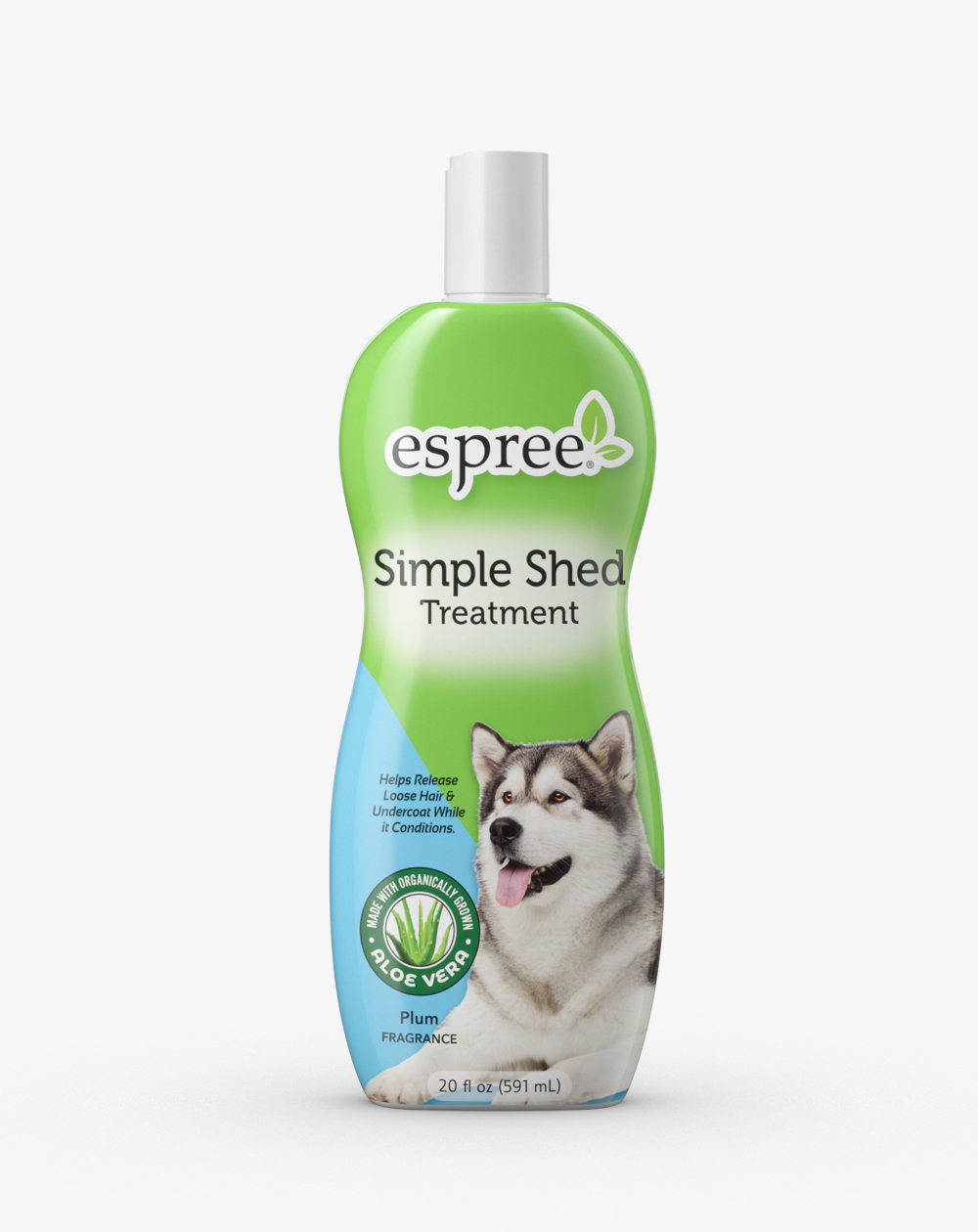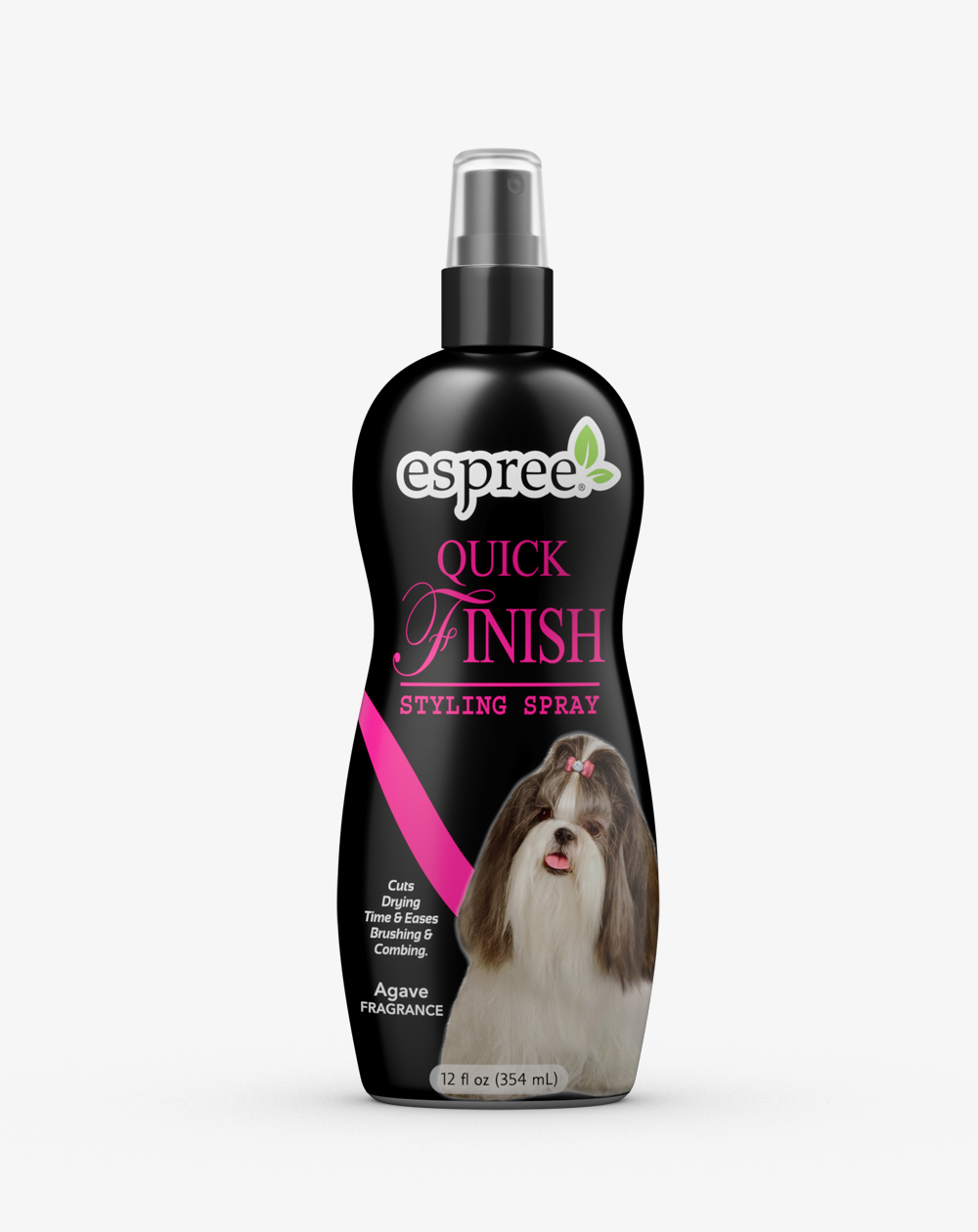
Siberian Husky
Bred in Northeast Asia as a sled dog, the Siberian Husky is known for its amazing endurance and willingness to work. Its agreeable and outgoing temperament makes it a great all-around dog, suitable for anything from sledding to therapy work. Because it originated in cold climates, Siberians have a thicker coat then most other breeds of dog, made up of a dense cashmere-like undercoat and a longer, coarse top coat. All colors from black to pure white are allowed, and a variety of markings on the head is common.
Breed Profile
Siberians are relatively easy keepers, but their thick coats require weekly brushing. New owners should be prepared to provide an outlet for exercise daily, whether through walks or an enclosed space in which to run. Predatory instincts are strong, so Siberians should be supervised around small animals in and around the home.
Grooming
The Siberian Husky does require regular bathing and brushing. This extremely outgoing dog can be bathed as frequently as weekly up to no longer than every 6 weeks. With this double coated breed, proper bathing and drying techniques lay the groundwork for achieving a beautiful coat and healthy skin. Selecting the correct products to meet the dog’s needs is essential to achieve optimal results.
The care and maintenance of the coat set the foundation for obtaining healthy skin and coat. When the coat is dirty, the hair shaft becomes rough and eventually breaks down, which can lead to the coat becoming damaged. This coat needs to be brushed weekly in order to prevent the dog from becoming matted and tangled. Lack of maintenance can contribute to the formation of the cobweb matting that forms close to the skin. This type of matting if left unattended can lead to the development of numerous skin issues. Therefore, keeping the coat clean and healthy is of utmost importance in order to maintain the dense coat.
Before the bath, take a few minutes to take a high-velocity dryer over the coat to loosen any dirt and debris from the skin and to loosen any cobweb matting. Do not move the dryer back and forth quickly with short strokes. Rather hold the dryer a bit farther away from the coat with long, slow strokes. The coat should start standing off the skin and not mat up. You might have to pull the dryer farther away from the skin to prevent it from tangling the coat. Once you have blown out any loose hair and have and lightly brush through the coat. You are now ready for the bath!
Wet the coat and apply the shampoo by squeezing it through the coat making certain you have worked it all the way through the coat down to the skin. Thorough shampooing will contribute to building a healthy, strong, and manageable coat. It is a good idea to slightly cool the water temperature down when rinsing the coat. The coat should be rinsed thoroughly making certain that all the product has been removed. Use a light conditioner to nourish and hydrate each individual strand of hair without changing the texture of the coat. Once the bath is complete, blot the coat with a towel to remove excessive moisture. Try to avoid using a circular motion to avoid any further tangling.
Blow the coat out with an HV dryer to remove excess moisture. Be sure to hold the nozzle far enough away to prevent the coat from tangling. Finish with a stand dryer and line dry all the way to the skin. Once the dog is completely dry, line brush, working in sections until the dog is tangle free. It is a good idea to go over the entire coat with your hands, to see if there are inconsistencies in the density of the coat. If so, continue to brush and comb those areas. As a final check, use a firm slicker brush throughout the coat, and little to no hair should be apparent on the brush. Areas to pay particular attention to for tangles and excessive hair are the thighs, behind the ears, the tail, and around the ruff. It’s always a good idea to spend a little extra time in these areas before you finish the dog.
Finishing the Dog: Tools and Finish Grooming
The coat should be light and stand off the dog. A wide-toothed comb should easily glide through the coat with no resistance all the way down to the skin. Pay particular attention to the neck, chest, and hindquarter area as they can get packed with excessive coat. A healthy coat is light, airy, and has a natural shine.
General Health Care
Prep work is the foundation of all grooming. Prep work includes ear cleaning, nail trimming, anal glands, and proper dental hygiene. Mastering these skills sets the professional pet stylist apart from the rest. Prep work should be done before every bathing and grooming appointment. All dogs need to have their ears checked and cleaned on a regular basis. Proper nail care is also very important. Long, unsightly nails are uncomfortable for the dog, as well as anyone they might jump on. Long nails also compromise the shape of the foot. Trimming the pads of the foot helps give the dog good traction on different surfaces and can minimize the amount of dirt the dog tracks into the house. It also affords the opportunity to treat and condition the paws from cracks and abrasions. Anal glands should also be checked and expressed if they are full. Some caring pet owners prefer to have the anal glands done by their veterinarian. Good dental hygiene is essential for a healthy pet as well.
Nutritional Care
In order to maintain healthy skin and coat as well as overall health, it is important to provide good nutrition to your dog through a well-balanced diet, vitamins, and healthy treats.
Do they require a lot of grooming?
Routine baths and brush outs are recommended to minimize shedding and keep the skin and coat in good condition.
What are the common problems in the breed?
Eye problems can be a concern for this breed: Juvenile Cataracts, Corneal Dystrophy, and Progressive Retinal Atrophy.
Do they shed or cause allergies?
They do blow their undercoat twice a year. It is recommended you do regular professional bath and blowouts to keep the shedding under control and to keep the skin healthy.
Are they good with children?
This breed is known for being affectionate and good-natured. They do well with children although young children should never be left alone with any breed.
What if I have a show dog?
Whether you have a show dog or a companion dog, the same basic care is given regarding nutrition, socialization, and hygiene. The difference is the conditioning of the dog and conformation training. It is always quite helpful if your breeder can help mentor you to lead you in the right direction upon entering the wonderful world of dog shows. A great place to start is the Siberian Husky Club of America, www.shca.org




